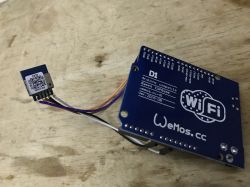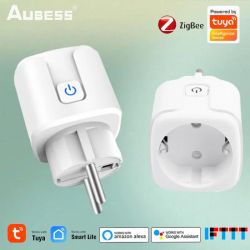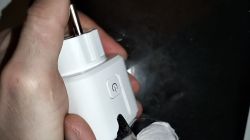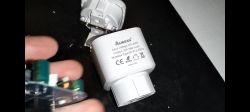Hello there,
I have such a socket as in the title I managed to rip the old software using BKWriter and BK7231 Easy Uart. They differ a bit and it looks as if this software from BKWriter is incomplete despite setting the start and end address. With Easy Uart I flashed the software and it immediately backed up and displayed the configuration. I'm at the stage where I have the configuration I'm in the panel at 192.168.4.1 and I don't know how to set the pins correctly because the names from the configuration don't quite match the one in the panel. I am uploading two of my screenshots as an attachment.
.
.
I would appreciate your guidance on what to do next with this configuration.
Kind regards.
I have such a socket as in the title I managed to rip the old software using BKWriter and BK7231 Easy Uart. They differ a bit and it looks as if this software from BKWriter is incomplete despite setting the start and end address. With Easy Uart I flashed the software and it immediately backed up and displayed the configuration. I'm at the stage where I have the configuration I'm in the panel at 192.168.4.1 and I don't know how to set the pins correctly because the names from the configuration don't quite match the one in the panel. I am uploading two of my screenshots as an attachment.
{
"sel_pin_pin":"24",
"rl1_lv":"1",
"bt1_pin":"23",
"net_trig":"4",
"jv":"1.0.5",
"netled1_lv":"0",
"netled_reuse":"1",
"bt1_type":"0",
"ffc_select":"1",
"vi_pin":"6",
"resistor":"1",
"over_cur":"21000",
"bt1_lv":"0",
"reset_t":"5",
"netled1_pin":"8",
"chip_type":"0",
"lose_vol":"0",
"over_vol":"0",
"module":"CB2S",
"ele_pin":"7",
"ch_cddpid1":"9",
"ch1_stat":"0",
"rl1_type":"0",
"ch_num":"1",
"ele_fun_en":"1",
"rl1_pin":"26",
"vol_def":"0",
"ch_dpid1":"1",
"sel_pin_lv":"1",
"crc":"32"
}
Device configuration, as extracted from Tuya:
- BL0937 SEL on P24
- Button (channel 1) on P23
- BL0937 VI on P6
- WiFi LED on P8
- BL0937 ELE on P7
- Relay (channel 1) on P26
Device seems to be using CB2S module, which is using BK7231N.
And the Tuya section starts at UNCOMMON POSITION 1953792I would appreciate your guidance on what to do next with this configuration.
Kind regards.












